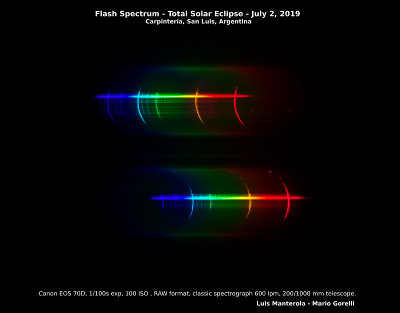"The Greatest Perseids Show"

As you can see in the photo, The Perseids fly over the sky with the presence of Mars, Saturn and Jupiter. Also, you can see the highest mountain in the European Union, the always magnificent Mont Blanc.
Surrounded by two glaciers that converge a bit further down, you can see both of them in the image, the Mer de Glace which flows for a total distance of 12 kilometres, covering an area of 32 square kilometres in the central third of the Mont Blanc massif. On the left-hand side, you can spot the Leschaux Glacier and its hut (the light just next to the glacier).
In addition, if you take a deeper look, just below the Grandes Jorasses mountain range you will be able to see climbers trying to summit the mountain with the first lights (you can see their headlamps).
The photo had to be taken really early after the twilight as Mars was about to hide behind the Grandes Jorasses and Jupiter was also about to also disappear under the mountain range.
As always, we were gifted with a spectacular perseids show at almost 3000m high.
A7R III + Sony Carl Zeiss 24-70 2.8 GM
Panorama of 15 photos.
Copyright © Alvaro Perez and Jose Manuel Perez Alonso
webpage:
www.scapenature.com
Photo in HD:
https://dl.dropboxusercontent.com/s/s3d ... e.jpg?dl=0




